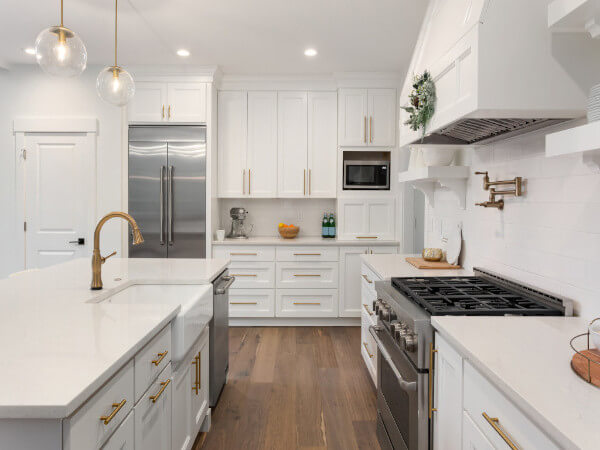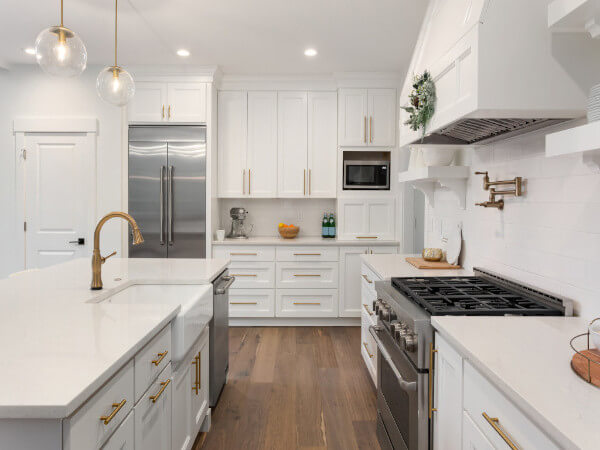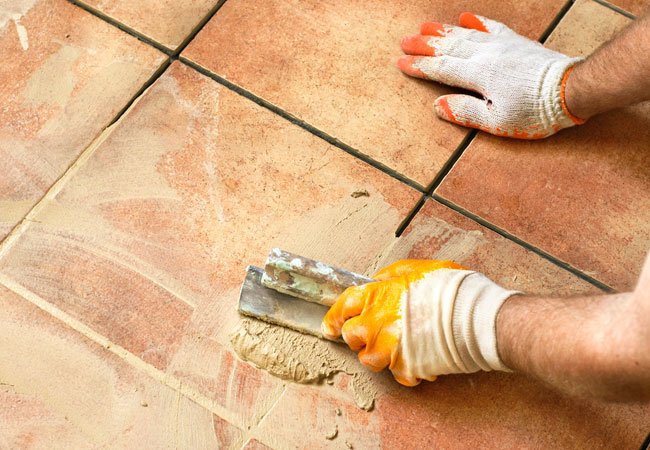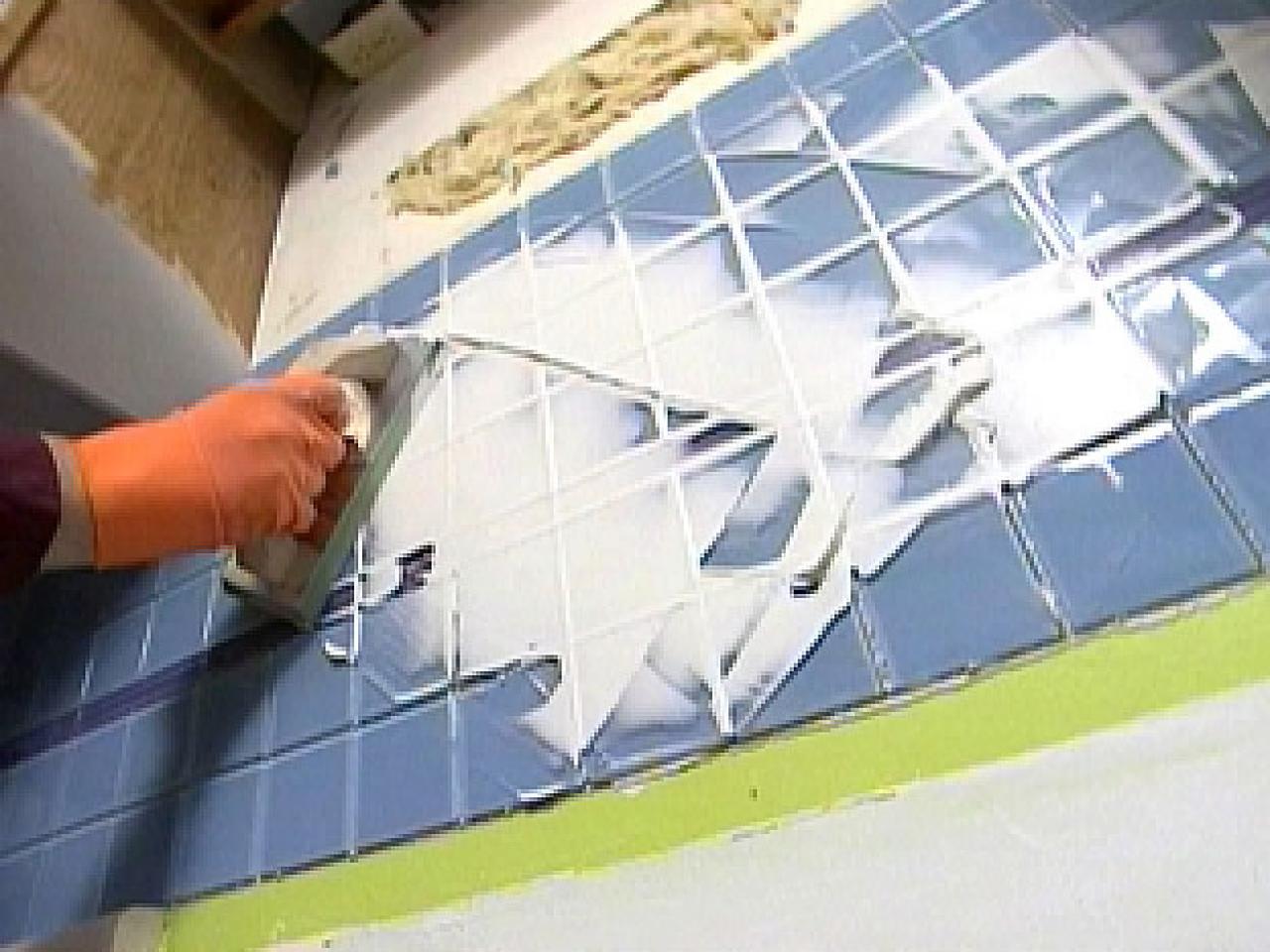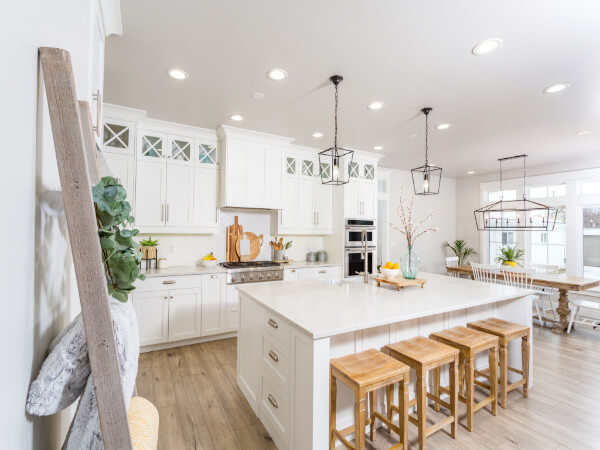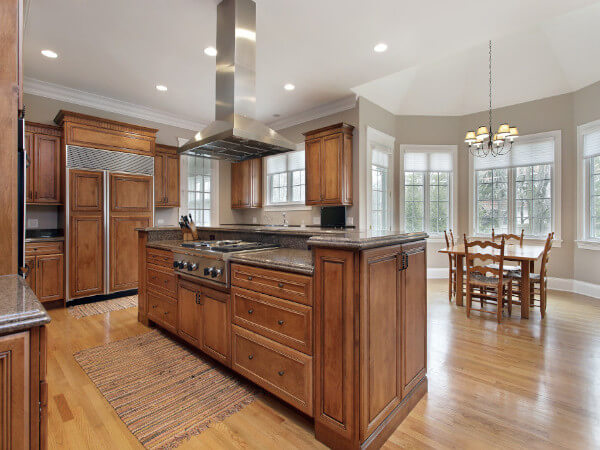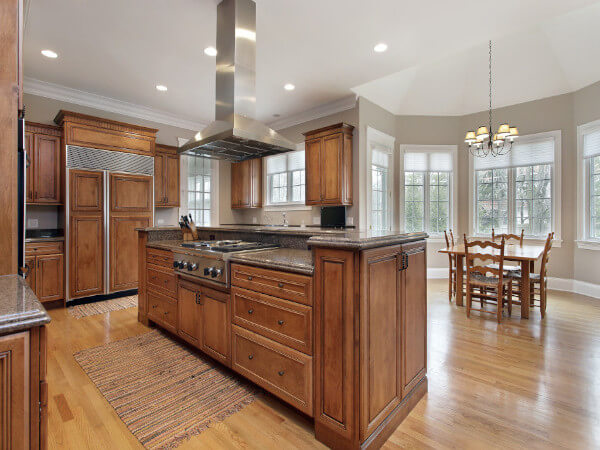What kind of AC unit should you get? What are your options, and how do they work?
With so many types of air conditioners on the market, it can be hard to decide which one is right for you.
This article will tell you everything about them so that you can decide which one is best for your needs. We’ll also give tips on how to maintain it efficiently and maximize its lifespan.
Keep reading to find out more.
Types of Air Conditioners
Choosing a type of air conditioning system can be daunting because there are so many options. Here is a list of the four major types and their advantages and disadvantages.
Window units
These units have an exterior compressor unit that mounts on the outside wall, with an interior split component that sits in the window opening.
dvantages
They are the least expensive type of AC unit and they can cool a single room very well.
Disadvantages
They don’t work well when the temperature outside is over 100 degrees and they can be quite loud.
Central air conditioning
Central AC units are installed in the attic or basement of your home and distribute cooled air through the air ducts you already have.
dvantages
They are very effective at cooling your entire home, so if you live in a large house or have multiple rooms that need AC, this is the way to go.
Disadvantages
Central AC units are the most expensive type of unit and require professional installation. Also, they can be a nuisance to install and may require additional ductwork.
Ductless mini-split
Mini-split systems consist of an outdoor compressor, a remote inside unit placed where you need it, and a series of small tubes that distribute the cooled air throughout your home.
dvantages
They don’t take up any floor space in your home, they are very efficient, and they cool individual rooms very well.
Disadvantages
They can be more expensive than other types of AC units, and they require professional installation.
Portable air conditioners
Portable AC units have an exterior compressor unit that sits on the ground outside your home and a hose that leads inside to the unit that sits on the floor.
dvantages
They are very affordable, they can be moved from room to room, and they are very efficient.
Disadvantages
They can be quite noisy, they require regular drainage, and they only cool a single room at a time.
How AC Units Work
Choosing thebest air conditioners is easier when you understand how they work. Air conditioners use a refrigerant to cool the air and a compressor to circulate it. The refrigerant is a fluid that changes state from liquid to gas as it absorbs heat. This change of state allows the refrigerant to absorb heat from the surrounding air and then release it outside, cooling the air in your home in the process.

Image Credit: http://servicechampions.net
The compressor is a pump that circulates the refrigerant through the system. It pressurizes the refrigerant and causes it to change state from gas to liquid, which allows it to absorb more heat. The compressor then sends the refrigerant to the condenser, which is a coil of metal tubing that releases the heat outside.
From the condenser, the refrigerant goes to the evaporator which absorbs the heat from the surrounding air and changes the refrigerant back to a liquid. This liquid is then circulated back to the compressor, where it starts the cycle all over again.
This process continues until the unit reaches the temperature you set on the thermostat. At that point, it turns off until the temperature rises or falls again, at which point it kicks back on and repeats the process.
How to Maintain Your AC Unit
Like any otherhome appliance, your AC unit needs regular maintenance to keep it running smoothly. Here are a few tips to keep your AC unit in good condition:
Clean the filters regularly.
This will help keep the air flowing freely and prevent the unit from overworking. Your filters should be cleaned every 1-3 months, depending on the type you have. Washing them with soap and water or vacuuming them is usually enough to keep them clean.
If you’re using electronic filters, it’s important to check them at least once a month to see if they need replacing. If your filter stops working properly, the unit will overwork itself trying to circulate air through the clogged filter.
This can cause major problems that require an expensive repair bill, so be sure to check your filters regularly.
Keep vegetation away from the outdoor unit.
The evaporator coils inside your AC unit are very sensitive and often freeze up when exposed to excess humidity in the air. This can lead to costly repairs or even system failure if the coils are damaged.
To avoid this, be sure to keep all vegetation, debris, and other obstructions away from the outdoor unit. A few feet of clearance is usually enough, but check your owner’s manual for specific instructions.
Have the unit serviced at least once a year.
A professional technician can clean and lubricate the parts of your AC unit to help it run more efficiently. They can also troubleshoot any problems you may be having and suggest solutions.
It’s important to have your AC unit serviced at least once a year to keep it running smoothly and prevent expensive repairs down the road. Contact your local HVAC technician for more information.
Make sure the compressor is free of debris and dirt.
The compressor is the most important part of your AC unit, so it’s important to keep it in good condition.
If you see any debris or dirt build-up on the compressor, be sure to clean it off using a soft brush or vacuum cleaner. Do not use water or any other liquids, as this can damage the unit.
Check the refrigerant level regularly.
If the level is too low, the unit won’t be able to cool effectively. This can cause expensive problems down the road as the parts wear out faster.
If you remove your AC unit’s access panel, you should be able to see a copper or silver cylinder near the compressor. This is usually marked with a red line or dot that indicates when it needs to be recharged. Keep in mind that this may vary depending on your unit, so check your manual for specific instructions.
Have an approved repair company make any repairs necessary.
Hiring an AC repair company is the best way to maintain your AC unit and avoid extensive repairs in the future. Any licensed HVAC technician will have plenty of experience with cooling systems and will know exactly what they’re doing when it comes to fixing them.

Image Credit: http://ductworksmn.com
An experienced technician will know how to keep your system running properly and what type of maintenance is needed to keep it in top shape. They’ll also be able to troubleshoot any problems you might have, which can prevent major repairs down the road.
How Types Of Air Conditioning Systems Work – FAQ
What are the most common types of air conditioning systems?
The most common types of air conditioning systems are the following:
1) Central air conditioning
2) Room air conditioning
3) Portable air conditioning
How do central air conditioning systems work?
Central air conditioning systems work by cooling and dehumidifying the air in a single room or an entire house. They do this by drawing in warm, moist air from outside, cooling it down, and then releasing it back into the environment. Central air conditioners also have filters that remove dust and other particles from the air, which helps to improve indoor air quality.
Final Thoughts On How Types Of Air Conditioning Systems Work
In conclusion, we can see that there are several different types of air conditioning systems, and each has its unique properties.
Understanding the various properties of each type is important to choose the right system for your home, and this article should help you make that decision.
Once you have an air conditing system in place, taking the time to do proper maintenance is important to ensure that your system is running at its best.
The post How Types Of Air Conditioning Systems Work appeared first on Kitchen Infinity.
Did you miss our previous article…
https://chefbuano.com/?p=1021

